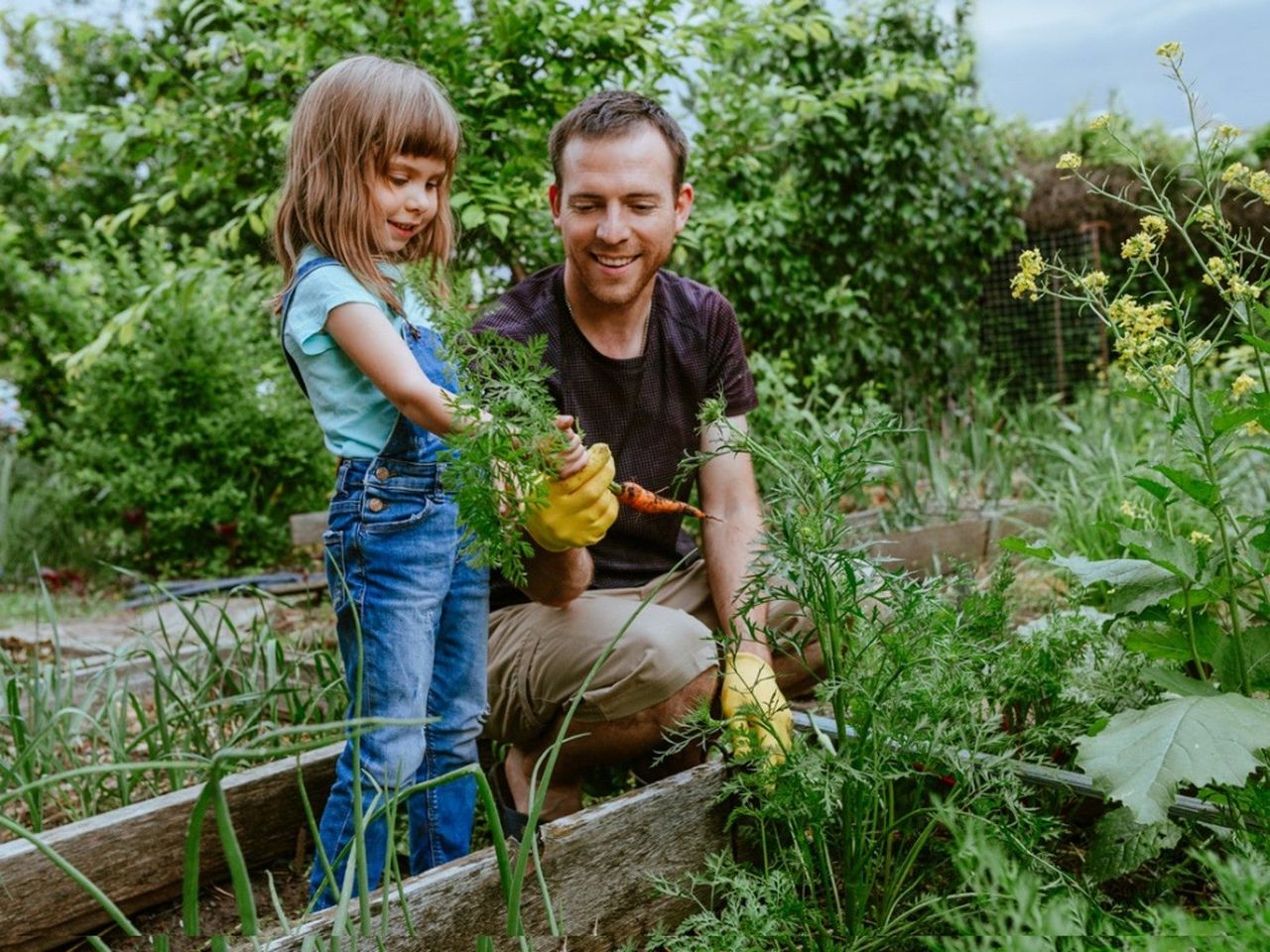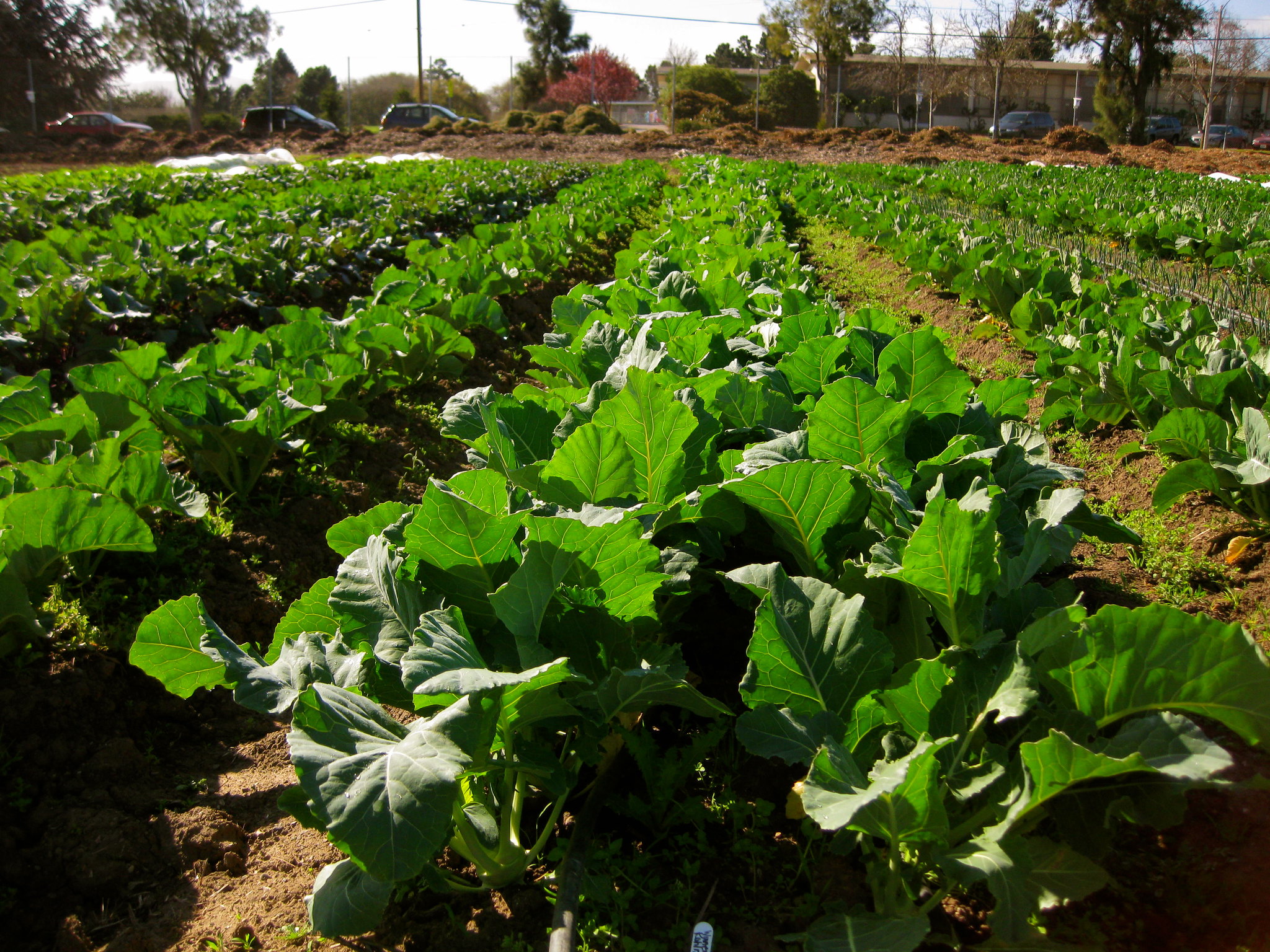How to Plan Your Homestead Gardening Effort
Uncover the Secrets to Developing a Efficient and gorgeous Horticulture Space
Developing a productive and attractive gardening area is not merely a matter of planting vegetables and flowers; it calls for a critical technique that encompasses different critical aspects. From picking the right location based upon sunshine and soil type to thoughtfully developing your design and picking appropriate plants, each decision plays a critical duty in the success of your garden. Moreover, recurring maintenance is vital to sustain its elegance and performance. As you consider these aspects, take into consideration just how they intertwine to open the complete potential of your gardening undertakings. What details strategies can raise your area past the average?
Choosing the Right Location
Picking the ideal area for your yard is critical to its success and general aesthetic allure. The initial step in this process entails examining sunlight exposure, as the majority of plants need at least six hours of straight sunlight daily (Homestead Gardening). A south-facing garden generally receives one of the most light, while shaded areas can impede development and flowering
Additionally, take into consideration soil top quality and drain. Well-draining soil is essential to stop waterlogged roots, which can cause plant illness. Performing a soil test can supply useful details pertaining to pH degrees and nutrient material, allowing you to change the dirt accordingly.
Moreover, proximity to water resources is another aspect to consider - Homestead Gardening. Having simple access to a pipe or watering system can simplify the watering procedure and encourage constant plant treatment. Wind defense is likewise important; positioning your yard near frameworks, such as walls or fences, can protect it from harsh winds that might harm fragile plants
Lastly, think about ease of access for upkeep and harvesting. A well-placed yard enables hassle-free accessibility, guaranteeing that you can quickly often tend to your plants without causing undue tension or disruption. Thoughtful area choice lays the foundation for a thriving garden.
Selecting Plants Intelligently
When choosing plants for your garden, it's necessary to take into consideration factors such as environment, soil problems, and individual preferences to guarantee a productive and unified area. An extensive understanding of your neighborhood climate will certainly lead you in picking plants that grow in your certain setting. For example, selecting drought-resistant ranges is advantageous in dry regions, while moisture-loving species might be better suited for areas with high rainfall.
Dirt conditions are just as important; performing a dirt test can disclose pH levels and nutrient material, allowing you to choose plants that will certainly flourish. Indigenous plants are usually a superb selection, as they are typically well-adapted to neighborhood soil kinds and need less upkeep.
Reflect on your personal choices-- choosing plants that reverberate with your visual tastes will certainly improve your satisfaction and dedication to maintaining your garden. By carefully examining these factors, you can create a flourishing and diverse plant choice that boosts your horticulture experience.
Creating Your Garden Layout
With a thoughtfully selected plant option in hand, the next step is to create a garden format that makes best use of both beauty and functionality. Begin by examining the available space, considering elements such as sunlight, color, and wind patterns. A well-planned design should incorporate different areas, consisting of locations for planting, pathways, and perhaps seating.
Beginning with larger plants or centerpieces, such as trees or tall perennials, placed tactically to develop aesthetic passion. Layer smaller sized plants ahead to improve deepness and structure. Take into consideration the development practices of your selected plants; taller ranges ought to be positioned at the back or facility of beds, while much shorter ones can line the sides.
Including paths not only facilitates access for upkeep however likewise invites exploration. Usage products that match the garden's general aesthetic, whether timber, stone, or crushed rock chips.
In addition, consider seasonal changes and exactly how your design will look throughout the year. Including evergreens together with seasonal blossoms can make certain year-round charm. Ultimately, a properly designed garden format harmonizes the all-natural charm of plants with practical factors to consider, resulting in a room that is both inviting and efficient.
Enhancing Soil Wellness

To boost soil health and wellness, begin by carrying out a dirt test to evaluate pH levels, nutrition content, and soil structure. Integrate natural matter such as compost, well-rotted manure, or leaf mold to improve dirt framework, water retention, and microbial task.
Mulching is another effective strategy; it not only conserves moisture however likewise subdues weeds and progressively improves the dirt as it breaks down. Preventing extreme tillage is crucial, as it can interfere with soil structure and harm advantageous organisms. Instead, adopt no-till or minimal tillage practices to maintain soil stability.

Keeping Your Garden Properly
A well-maintained yard is a source of satisfaction and efficiency, calling for regular focus to make certain that plants thrive and the landscape continues to be inviting. Effective yard upkeep entails numerous key techniques pop over to this web-site that boost the wellness of your plants and the general visual of your room.
Routine watering is vital; nevertheless, it is essential to tailor your watering schedule based upon the certain demands of your plants and regional climate conditions. Mulching can help preserve wetness, reduce weeds, and regulate dirt temperature. Furthermore, timely weeding prevents competition for sources and nutrients, making sure that your plants grow.
Trimming is another important task. It urges healthy development, eliminates dead or diseased branches, and forms plants to maintain an attractive structure. Additionally, keeping track of for parasites and illness is crucial; early detection and intervention can save your plants from considerable damages.
Fertilizing must be carried out attentively, utilizing natural options whenever feasible to promote lasting soil wellness. Seasonal tasks such as growing, separating perennials, and preparing for wintertime will ensure your garden stays vibrant year-round. By following these methods faithfully, you can cultivate a garden that is both productive and stunning.
Verdict
Choosing a proper area with appropriate sunlight, choosing suitable plants, creating an aesthetically pleasing layout, boosting soil health, and making sure normal upkeep are important elements. By integrating these methods, one can grow a prospering garden that her explanation not just improves the landscape yet likewise promotes eco-friendly balance and sustainability.
From selecting the right location based on sunshine and soil kind to attentively creating your layout and picking appropriate plants, each decision plays a crucial duty in the success of your garden. Well-draining dirt Clicking Here is necessary to stop water logged roots, which can lead to plant conditions.When choosing plants for your yard, it's necessary to take into consideration variables such as environment, soil problems, and personal choices to make certain a efficient and harmonious space. Eventually, a well-designed yard design integrates the natural appeal of plants with functional considerations, resulting in an area that is both welcoming and productive.
